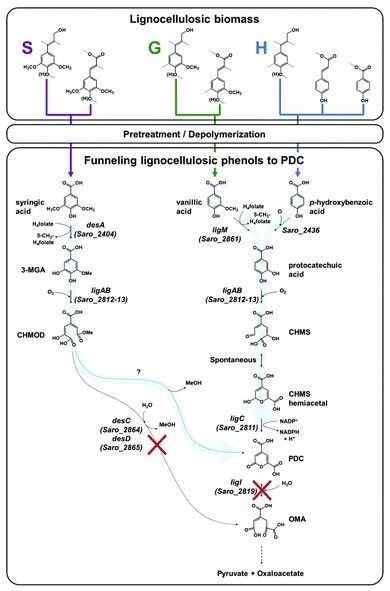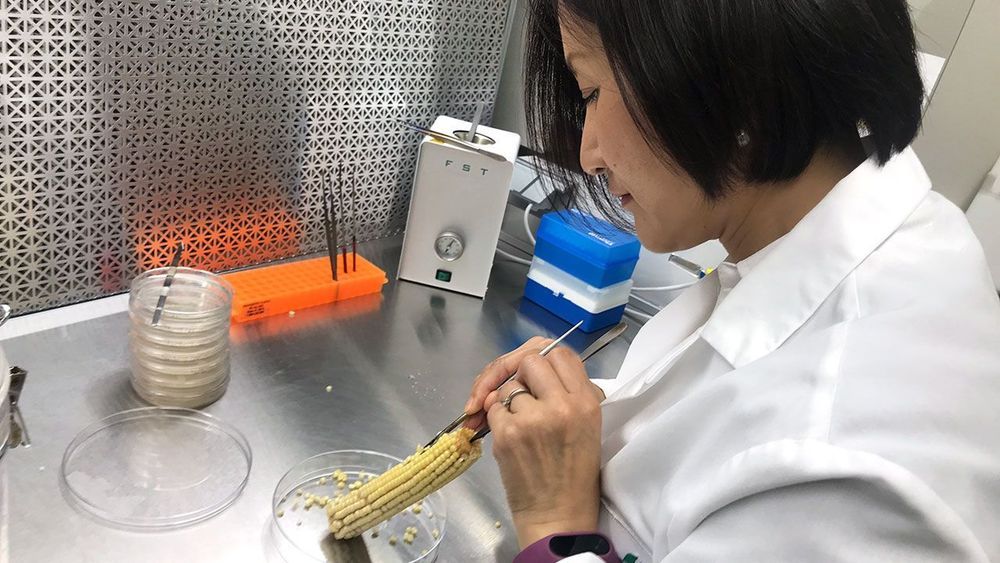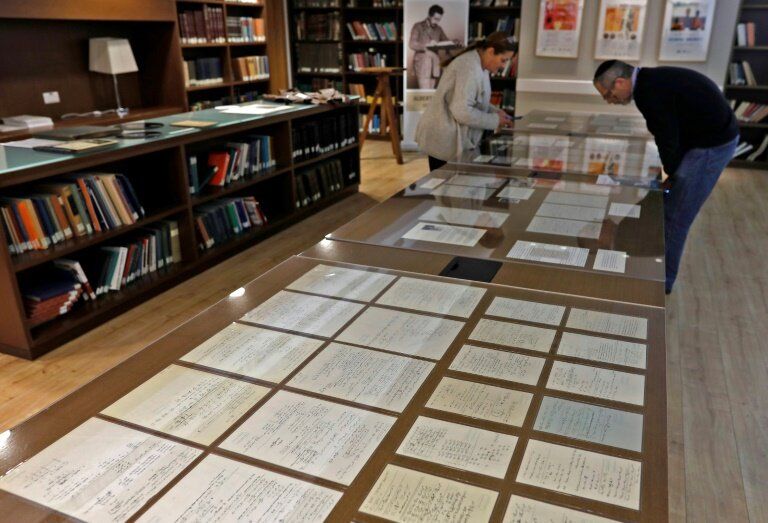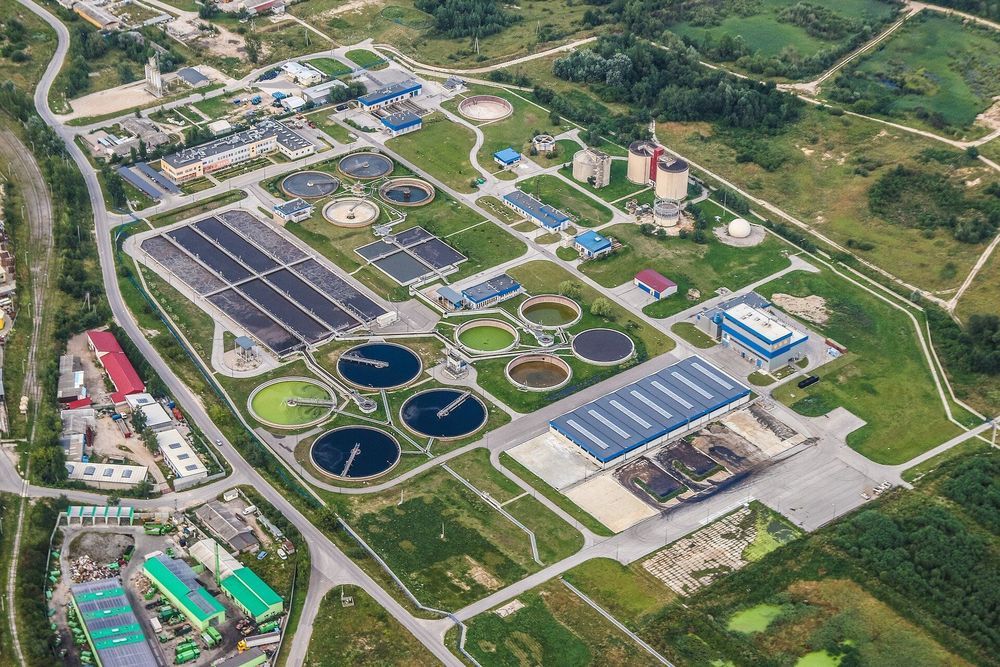Page 8190
Mar 6, 2019
116 Of The Oldest Color Photos Showing What The World Looked Like 100 Years Ago
Posted by Shailesh Prasad in categories: entertainment, innovation
When you think of old photographs, you naturally think in terms of black and white, but as you can see from these stunning photographs from the turn of the 20th century, color photography has been around for a lot longer than you think.
Before 1907, if you wanted a color photograph then you (well, a professional colorist) basically had to color it in using different dyes and pigments, but two French brothers called Auguste and Louis Lumière changed all that with a game-changing process that they called the Autochrome Lumière. Using dyed grains of potato starch and light-sensitive emulsion, they were able to produce vibrant photographs without the need for additional colorization. Despite being difficult to manufacture and also somewhat expensive, the process was very popular among amateur photographers and one of the world’s first books of color photography was published using the Autochrome Lumière technique.
The brothers revolutionized the world of color photography until Kodak took things to a whole new level with the invention of Kodachrome film in 1935, a lighter and more convenient alternative that quickly made the Autochrome Lumière obsolete (although its popularity continued in France up until the 1950s). Kodachrome was also eventually overtaken by the rise of digital photography (Kodak stopped manufacturing Kodachrome in 2009), which is now by far the world’s most popular way to take pictures, but modern advances in photographic technology wouldn’t have been possible without the hard work of early pioneers like Auguste and Louis Lumière. Scroll down for a collection of stunning century-old color photographs using their groundbreaking technique.
Continue reading “116 Of The Oldest Color Photos Showing What The World Looked Like 100 Years Ago” »
Mar 6, 2019
Corn and other important crops can now be gene edited
Posted by Shailesh Prasad in category: food
Mar 6, 2019
Magic Leap Wants to Build AR “Layers” Over The Entire Earth
Posted by Shailesh Prasad in categories: augmented reality, futurism
Mar 6, 2019
The Future of Mental Health
Posted by Shailesh Prasad in categories: health, neuroscience
Mar 6, 2019
What to do with the lignin?
Posted by Caycee Dee Neely in categories: bioengineering, biological, genetics, space, sustainability
Learning to deal with lignin is important for recycling and space settlements. Unused biomass on space settlements and long-term voyages is something that just can’t be tolerated. The same problem exists in dealing with plant waste on earth. A new process helps convert it into a precursor for polyester, which can be used for all kinds of other materials.
Plant cells are composed of three main substances: cellulose, hemicellulose, and lignin. According to Yining Zeng, Michael E. Himmel, and Shi-You Ding in Biotechnology for Biofuels, the composition amounts to “40 to 50% of cellulose, 15 to 25% hemicelluloses, 20 to 25% lignin, and 5 to 10% other components.[1]” For the most part, the only truly useful part is the cellulose and the hemicellulose. The lignin is usually just thrown away. The most common use is fuel for heating units. That’s right. They just burn it.

Mar 6, 2019
Daily intake of nutritional supplements cannot prevent depression
Posted by Caycee Dee Neely in categories: biotech/medical, neuroscience
In the world of things we already know.
MooDFOOD, the largest randomized clinical trial to study the effects of nutritional strategies on the prevention of major depressive disorder concludes that daily intake of nutritional supplements cannot prevent depression.
Mar 6, 2019
Einstein ‘puzzle’ solved as missing page emerges in new trove
Posted by Quinn Sena in category: futurism
An Albert Einstein “puzzle” has been solved thanks to a missing manuscript page emerging in a trove of his writings newly acquired by Jerusalem’s Hebrew University, officials announced Wednesday.
The handwritten page, part of an appendix to a 1930 paper on the Nobel winner’s efforts towards a unified field theory, was discovered among the 110-page trove the university’s Albert Einstein archives received some two weeks ago.
Hebrew University unveiled the collection to coincide what would have been Einstein’s 140th birthday on March 14.
Mar 6, 2019
Antibiotic resistance is spreading from wastewater treatment plants
Posted by Quinn Sena in categories: biotech/medical, engineering
The products of wastewater treatment have been found to contain trace amounts of antibiotic resistant DNA. These products are often reintroduced to the environment and water supply, potentially resulting in the spread of antibiotic resistance. As such, researchers at the University of Southern California Viterbi School of Engineering have been studying the development of these potentially harmful and dangerous genes in wastewater treatment processes. Their findings, published in Environmental Science & Technology, indicate that even low concentrations of just a single type of antibiotic leads to resistance to multiple classes of antibiotics.
“We’re quickly getting to a scary place that’s called a “post-antibiotic world,” where we can no longer fight infections with antibiotics anymore because microbes have adapted to be resilient against those antibiotics,” said Adam Smith, assistant professor of civil and environmental engineering at USC and lead investigator of the study. “Unfortunately, engineered water treatment systems end up being sort of a hot-bed for antibiotic resistance.”
The majority of the antibiotics we consume are metabolized in our bodies. However, small amounts pass through us in our waste, which are then carried to wastewater treatment plants. At these plants, one of the common ways in which the wastewater is treated is with a membrane bioreactor, which uses both a filtration system and a biological process where microscopic bacteria consume waste products.
Continue reading “Antibiotic resistance is spreading from wastewater treatment plants” »
Mar 6, 2019
World’s First Battery-Free Bluetooth Chip Pulls Power from the Air
Posted by Quinn Sena in categories: computing, internet

“Without batteries or other high-cost components,” he continued, “tags have unlimited power and lifespan, so [they] can be embedded inside of products that were previously unconnected to the Internet of Things.”
READ MORE: This Tiny Bluetooth Chip Doesn’t Need a Battery Because It Harvests Energy From the Air [The Verge]
Continue reading “World’s First Battery-Free Bluetooth Chip Pulls Power from the Air” »















